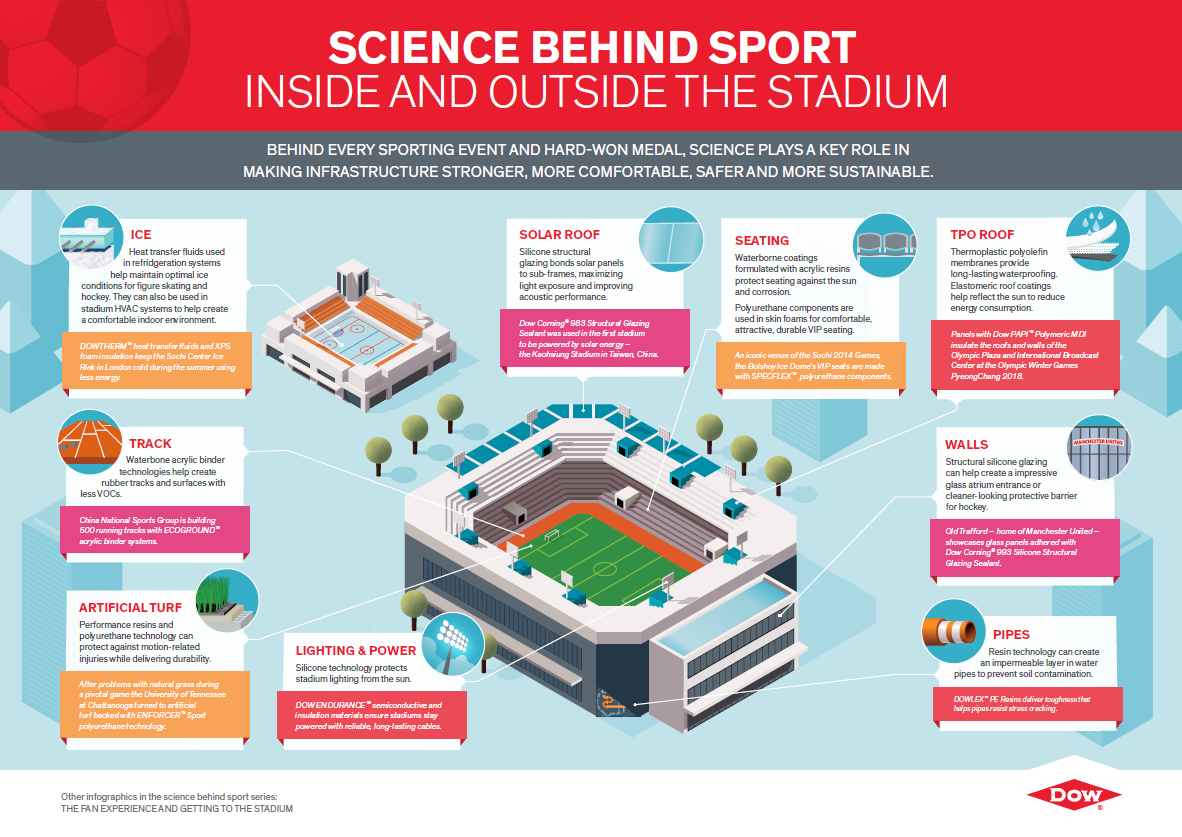The Process Behind Residential Solar Energy Use
The Process Behind Residential Solar Energy Use
Blog Article
Content Author-Becker Mckenzie
When you think about domestic solar energy, you may wonder exactly how it in fact works. It begins with solar panels on your roofing system that capture sunshine. These panels have unique cells that transform sunshine right into electricity you can utilize in the house. However that's simply the start. Recognizing the technology and procedures behind it can expose how solar power not just powers your home but additionally profits the atmosphere. Interested about the specifics?
Recognizing Solar Panels and Their Performance
Photovoltaic panel are the heart of any kind of residential solar energy system, transforming sunlight into electrical energy you can make use of. These panels contain several solar cells made from semiconductor materials, usually silicon. When sunlight strikes these cells, it thrills electrons, producing an electric current. This procedure is crucial for using renewable energy in your home.
You'll locate solar panels mounted on rooftops or in open spaces, positioned to record optimum sunlight throughout the day. They can be found in different types, including monocrystalline, polycrystalline, and thin-film, each offering various performances and prices.
Picking the right kind depends on your budget plan and energy demands. By understanding their functionality, you can make educated choices concerning your solar power system and its possible advantages for your home.
The Process of Solar Power Conversion
When sunshine is recorded by the solar panels on your roof covering, the procedure of transforming that power into functional electrical energy starts.
The solar panels include photovoltaic (PV) cells that absorb the sunlight and create direct current (DC) electricity. This DC energy after that travels to an inverter, where it's changed right into rotating current (A/C) electrical power, the type used in your house.
The inverter plays a critical role, guaranteeing that the electrical power can power your home appliances and tools.
After conversion, the electricity flows through your home's electrical system, ready for use. Any kind of excess electrical power can be sent back to the grid or saved in batteries for later usage.
This effective conversion process permits you to harness the sun's energy properly.
Integrating Solar Energy With Your Home's Electrical System
When you mount a solar energy system, integrating it with your home's electrical system is vital for making the most of efficiency and making certain smooth operation.
https://www.denver7.com/news/local-news/xcel-energy-customers-frustrated-with-how-long-its-taking-to-activate-solar-panels 'll attach your solar panels to an inverter, which transforms the straight existing (DC) created by the panels right into rotating current (AC) that your home uses.
It's also important to have a compatible circuit breaker and electrical wiring to take care of the energy circulation safely.
If you create more energy than needed, an internet metering system lets you send out excess power back to the grid, making debts on your utility costs.
Recommended Website and monitoring will aid you maintain the system running efficiently, ensuring you obtain one of the most out of your solar investment while lowering your power expenses.
Conclusion
In recap, residential solar energy is a wise method to harness the sunlight's power for your home. By mounting solar panels, you not only reduce power expenses however also contribute to a greener planet. The process of converting sunlight into usable power is reliable and simple, allowing you to flawlessly integrate it with your home's electrical system. So, if you're seeking to decrease your carbon footprint and take pleasure in long-lasting financial savings, going solar is definitely worth thinking about!
